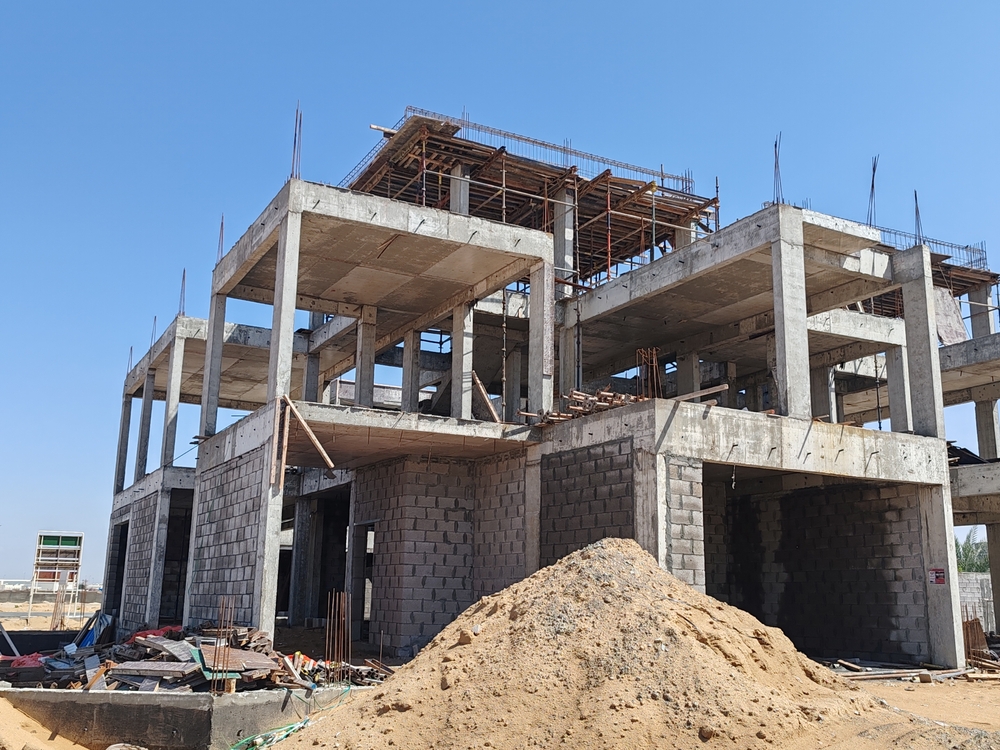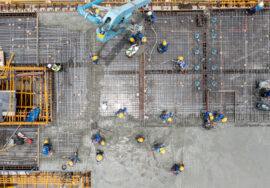Risk Management Plan for Your Construction Project
How to Develop a Risk Management Plan for Your Construction Project

Risk management is an essential part of any construction project. A well-developed risk management plan can help you anticipate potential risks, minimize delays, control costs, and ensure project safety. In this guide, we’ll walk through the steps to develop an effective risk management plan for your construction project.
What is a Risk Management Plan?
A risk management plan is a detailed document that outlines the potential risks in a construction project, along with strategies for identifying, assessing, and mitigating those risks. The goal is to manage uncertainties that may affect the project timeline, budget, quality, or safety.
Developing a comprehensive risk management plan involves thorough planning, monitoring, and communication to keep the project on track and within scope.
Steps to Develop a Risk Management Plan
1. Identify Potential Risks
The first step in developing a risk management plan is identifying all potential risks. In construction projects, risks can arise from a wide range of sources, such as:
- Project scope changes: Unforeseen design modifications.
- Budget overruns: Miscalculated costs or unexpected expenses.
- Delays: Weather disruptions or labor shortages.
- Safety concerns: Accidents or non-compliance with safety regulations.
- Environmental issues: Hazardous materials or pollution.
A comprehensive risk assessment should involve input from key stakeholders, including project managers, contractors, engineers, and suppliers, to ensure all risks are accounted for.
2. Analyze the Risks
Once potential risks are identified, the next step is to analyze them to determine their impact on the project. For each risk, assess:
- Likelihood: How likely is the risk to occur?
- Impact: What would be the consequences if the risk happens?
- Priority: Based on likelihood and impact, prioritize the risks to focus on the most critical ones.
Using a risk assessment matrix is a great way to visually represent the severity and probability of risks. This tool helps project managers decide which risks to address first.
3. Develop Risk Mitigation Strategies
After analyzing the risks, the next step is to develop mitigation strategies for each one. This involves outlining how to avoid or reduce the risks and preparing contingency plans in case they occur.
For example:
- For budget overruns, create a detailed budget with contingency funds.
- For weather delays, build buffer time into the project schedule.
- For safety risks, implement regular safety training and inspections.
The mitigation strategies should include clear actions, responsibilities, and timelines, so everyone knows how to respond to risks if they arise.
4. Assign Responsibilities
Assigning clear ownership of each risk is crucial. Each identified risk should have a designated person or team responsible for monitoring and managing it. This ensures accountability and that risks are addressed in a timely manner.
Additionally, communication protocols should be established so the project team knows who to report to when issues arise.
5. Monitor and Review the Plan
Risk management is an ongoing process that doesn’t end with creating the plan. Regularly monitor the project to identify any new risks and evaluate the effectiveness of the existing risk mitigation strategies.
Conduct periodic reviews of the risk management plan during project meetings. If necessary, adjust the plan to respond to changing project conditions, new risks, or unforeseen challenges.
 Risk Management Plan for Your Construction Project
Risk Management Plan for Your Construction Project
Benefits of a Risk Management Plan in Construction
Developing a risk management plan offers several benefits:
- Reduced Project Delays: By anticipating potential delays, project teams can create strategies to keep work on schedule.
- Cost Control: Identifying risks early helps avoid unexpected expenses and keep the project within budget.
- Enhanced Safety: Monitoring safety risks ensures a safer work environment for all personnel.
- Improved Communication: Assigning responsibilities and developing clear protocols improves communication among project stakeholders.
- Increased Project Success: With fewer unexpected issues, projects are more likely to be delivered on time, within scope, and to the required quality standards.
Final Thoughts
Creating a robust risk management plan is essential for the successful completion of any construction project. By identifying risks early, prioritizing them, and developing mitigation strategies, you can navigate challenges more efficiently and ensure the project runs smoothly.
By staying proactive in risk management, you’ll not only reduce the likelihood of project disruptions but also create a safer, more efficient work environment.
For more insights into managing construction projects effectively, feel free to contact us for guidance tailored to your needs.
External Resources for Legal Guidance
Mistakes in Construction Project Management
Read more related articles to enhance your knowledge and make informed decisions
10 Essential Steps in the Building Construction Process
How to Choose the Right Materials for Your Construction Project






